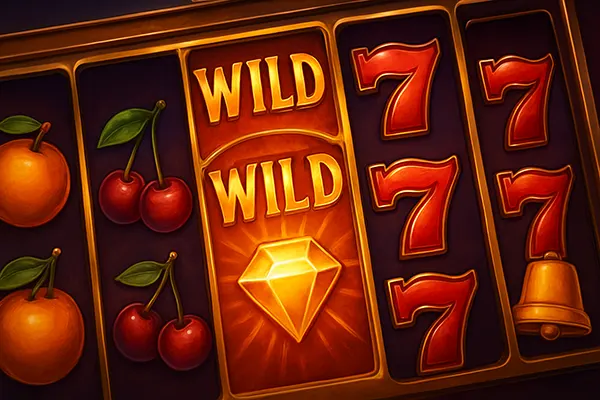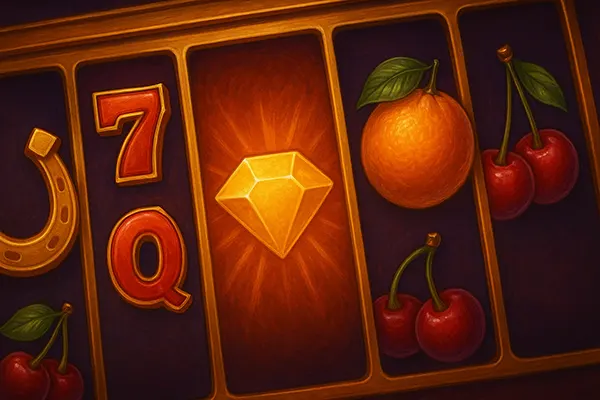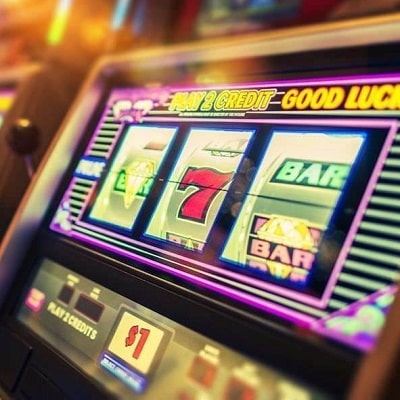Sticky Wild Mechanics: How They Affect Slot Odds and Whether to Anticipate Them

Sticky Wild is a well-known bonus mechanic in online slots, often praised for its impact on increasing winning opportunities during bonus rounds. However, its popularity also raises questions: how exactly does it influence the probability of winning, and should players actively seek out slots that feature it? In this article, we will provide a detailed examination of the Sticky Wild system, exploring its technical function, statistical implications, and realistic expectations in today’s slot games.
What Is a Sticky Wild and How Does It Work?
Sticky Wilds are special symbols that remain fixed on the reels for a certain number of spins. Typically, they appear during free spins or bonus rounds and stay in place until the round ends or for a predetermined number of spins. Their main role is to increase the player’s chance of forming winning combinations over several spins, especially when multiple Sticky Wilds land on the reels.
Unlike standard Wilds that disappear after one spin, Sticky Wilds build potential across spins, which is particularly advantageous in games with multiple paylines or cluster-based payouts. The strategic value lies in their persistence, effectively turning static positions into guaranteed modifiers until the round concludes.
This mechanic is often used in medium to high volatility slots, where the presence of Sticky Wilds can turn a regular free spins session into a significant win opportunity. However, it’s important to distinguish games where Sticky Wilds contribute consistently from those where their appearance is extremely rare or conditioned by complex triggering rules.
Where Sticky Wilds Excel in Practice
Slots like “Dead or Alive II” by NetEnt and “Sticky Bandits” by Quickspin are prime examples where Sticky Wilds form the backbone of the bonus feature. In these titles, the mechanic doesn’t just enhance playability but often becomes the key element for unlocking the biggest prizes or jackpots.
Players report increased engagement during Sticky Wild rounds due to the sense of control and visible progress. The psychological aspect of watching Wilds stack up builds excitement and a perceived increase in agency, even though outcomes remain RNG-based.
Moreover, game developers use Sticky Wilds as a balancing tool to add depth to the bonus feature without increasing RTP dramatically. This allows them to offer high-volatility thrills without compromising long-term fairness or profitability for operators.
Probability, RTP Impact and Misconceptions
Sticky Wilds do not directly increase the Return to Player (RTP) of a game. RTP is calculated across billions of spins and includes all bonus mechanics. While Sticky Wilds can lead to large wins in individual sessions, their appearance is often rare and subject to specific bonus triggers or modifiers.
One common misconception is that Sticky Wild slots are “easier to win.” In reality, these games often come with high variance, meaning longer dry periods between big wins. While the Sticky Wild mechanic boosts short-term excitement, it doesn’t alter the mathematical core of the game.
Instead, it redistributes the potential wins more dramatically. You may win significantly during a lucky bonus round, but it might take dozens of spins or even hundreds to trigger that scenario. Thus, understanding volatility is crucial when evaluating whether Sticky Wild games match your risk tolerance.
Mathematical Behaviour of Sticky Wilds
From a technical perspective, Sticky Wilds are treated as static variables within a dynamic loop. Once activated, they remain part of the game state for a fixed number of iterations (spins), thereby increasing win probability over that period. However, the initial chance of triggering such a feature remains low in many cases—usually below 0.5% per spin.
Some modern slots introduce conditional multipliers to Sticky Wilds, such as stacking multipliers or expanding effects, further complicating their influence on win potential. These additions make bonus rounds more volatile but also introduce significant swings, often with very few intermediate wins.
It’s also important to note that Sticky Wilds may contribute differently depending on slot mechanics like grid size, paylines, and pay directions. Their value increases in slots with more interconnected win structures, but remains modest in games with low symbol diversity or small reel sets.

Should You Choose Slots with Sticky Wilds?
Choosing a slot based solely on the presence of Sticky Wilds can be misleading. What matters more is how the mechanic integrates into the broader gameplay. Some slots use Sticky Wilds as a core mechanic in bonus rounds, while others introduce them only as rare enhancements, with little real impact on average gameplay.
If you’re a player who enjoys high volatility and the potential for sudden, dramatic wins, Sticky Wild slots might suit your style. However, for those preferring steady gameplay and low to medium risk, this mechanic might introduce more frustration than enjoyment due to its inconsistent appearance and unpredictable reward scale.
Therefore, it is advisable to review each slot’s paytable, volatility rating, and player reviews before making decisions. Don’t base expectations on the mechanic’s name alone—understanding its execution in each game context is far more important.
When Sticky Wilds Are Worth Waiting For
Sticky Wilds are most effective when they appear early in a bonus round and align with high-paying symbols or advantageous reel positions. For example, a Sticky Wild landing on the central reel during the first spin of a 10-spin free round can dramatically improve outcome odds.
However, their true value depends on synergy with other features, such as win multipliers, symbol transformations, or additional retriggers. Without these, even Sticky Wilds might not result in meaningful wins.
In games where Sticky Wilds are layered with additional bonuses or progressive mechanics, such as in ELK Studios’ or Push Gaming’s offerings, the anticipation may be justified. But in basic slots without supporting elements, their presence might be more cosmetic than functional.



